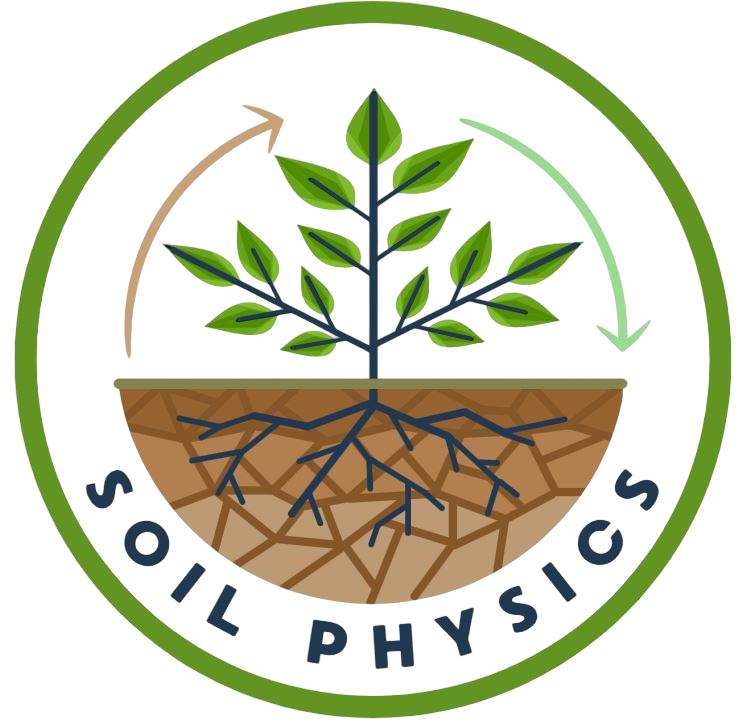Limited water supply is one of the largest impediments to food production worldwide. Therefore, improving crop management of soil water depletion will be important to sustain the increasing food demand. The effect of belowground processes on transpiration and stomatal regulation remains controversial. Objective of this study was to understand the role of rhizosphere properties and processes, namely soil textural properties and root hairs, on transpiration, leaf water potential and stomata conductance with soil drying. We hypothesize that 1.) root hairs facilitate the water extraction from drying soils. This is expected to be reflected in the relation between transpiration rate and leaf water potential. Moreover, we expect 2.) different soil textures to affect root water uptake differently and therefore the relationship between leaf water potential and transpiration.
We compared maize (Zea mays L.) with (wild-type) and without (rth3-mutant) root hairs in three different soils (Alfisol, Vertisol and Sandy Soil) with different textural properties (loamy, clayey, sandy), respectively. Transpiration and leaf water potential were monitored, and stomata conductance calculated with decreasing soil water content and potential.
The hairless mutant declined transpiration at greater water contents or/ and exhibited lower transpiration rates in dry soils as compared to the wild-type. The relationship between leaf water potential and transpiration/ stomata conductance did not differ between genotypes, most likely because of prompt stomata closure. Moreover, plant transpiration responses to declining soil water content and – potential differed considerably between soils. Soil hydraulic characteristics and features like soil cracking in Vertisol as well as soil crust formation in Alfisol are believed to have influenced those relations. The relationship between transpiration and leaf water potential varied strongly between soils as well but stomata response to decreasing leaf water potential showed no direct sensitivity to soil texture. Therefore, we conclude that soil texture indirectly affected stomata by changing the soil-plant conductance.
In conclusion, this study provides experimental evidence of the strong link between stomata regulation and soil-root hydraulic properties. Further experiments will be needed for clarification and quantification.

